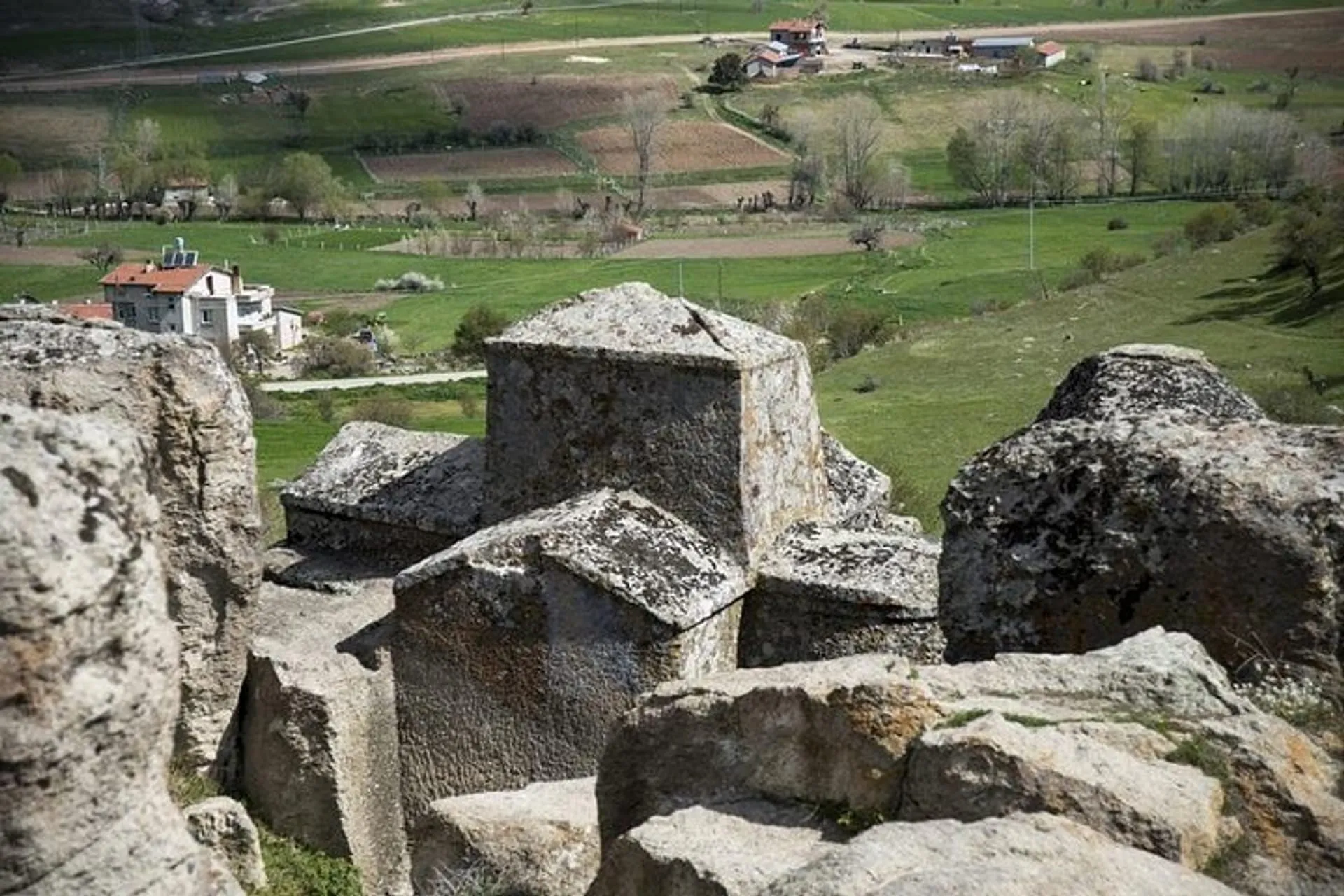Kilistra, also known as Lystra, is an ancient city located 49 kilometers from Konya in central Turkey. Dating back to the 2nd century BC during the Hellenistic period and extending through the Roman and Byzantine eras, Kilistra offers critical insights into the cultural, architectural, and religious landscape of ancient Anatolia. The city’s legacy is highlighted by its remarkable rock-carved structures and its strategic role as a religious and political center.

Archaeological Discoveries and Roman Influence
Kilistra’s historical significance is underscored by a Roman epitaph inscribed with the city’s name, confirming its existence and role during Roman times. Archaeologists discovered this inscription in the eastern grave area, providing valuable evidence of Kilistra’s connection to Roman culture. The epitaph, used as a threshold stone, reflects the city’s integration into the Roman Empire, marking it as both a residential and ceremonial hub.

Rock-Cut Architecture: A Symbol of Resilience
One of Kilistra’s most striking features is its rock-hewn settlement, similar to the cave dwellings in Cappadocia. These structures, which date back to the Byzantine era, highlight the ingenuity and adaptability of the city’s inhabitants. The rock-cut homes, religious sites, and public spaces are proof of how the ancient people of Kilistra utilized their natural environment for both protection and practicality. These homes offered shelter and stability in a harsh landscape, and the temples served as religious and communal gathering spaces.

Kilistra’s Role in Religion and Culture
As a significant center of religion and politics, Kilistra housed several temples and ceremonial spaces. These sites hosted important rituals and festivals that were central to the daily life of its inhabitants. The blend of local Anatolian religious practices and Roman ceremonial customs reflects Kilistra’s unique position as a cultural crossroads

A City of Enduring Legacy
Although Kilistra’s importance waned in the late Roman period, its architectural and cultural impact remains. Excavations continue to reveal the depth of Kilistra’s history, highlighting how it thrived under Roman and Byzantine influence. The rock-cut dwellings and temples not only illustrate the city’s adaptability but also its lasting contribution to the ancient world.

Kilistra offers a rare glimpse into ancient Anatolian civilization, showcasing the resilience of its people and the enduring legacy of their creativity in architecture and religious practice. Today, Kilistra stands as an invaluable archaeological site, providing crucial insights into the diverse cultures that shaped the region.